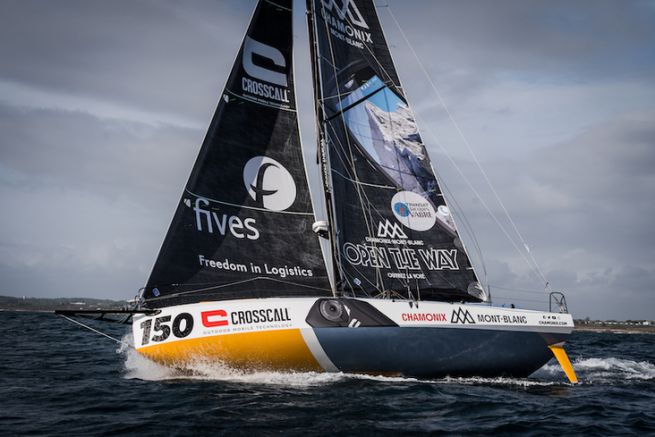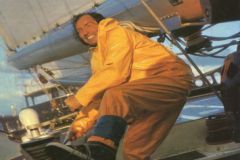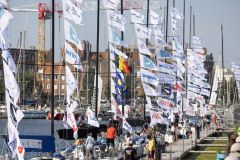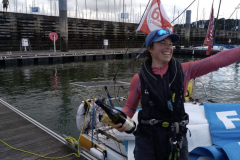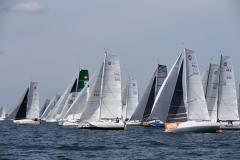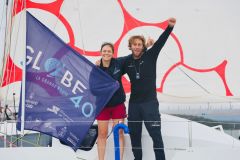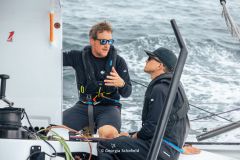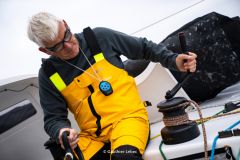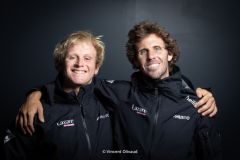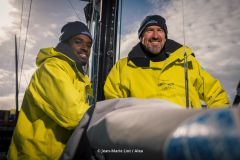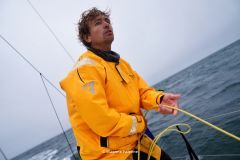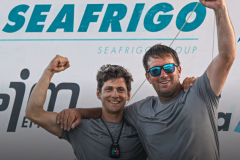A long career in Class40
It was in 2005 that Louis Duc first set foot in a Class40 for the first time. At that time, the Class40 barely emerged. While preparing for the Mini Transat, he had the opportunity to participate in the Rolex Fastnet Race with Bertrand de Broc on a Jumbo 40, the very first Class40.
Since then, he has been racing in the Class40 and has become one of the leaders in the Class40. At 36, he has already participated in five Transat Jacques Vabre races, several Québec Saint-Malo races and two more Routes du Rhum.
What she likes about Class40, "is to be able to sail with a fairly homogeneous prototype fleet and access major media offshore races with reduced and reasonable budgets."
Indeed, the Class40s include very prestigious races such as the Route du Rhum and the Transat Jacques Vabre.
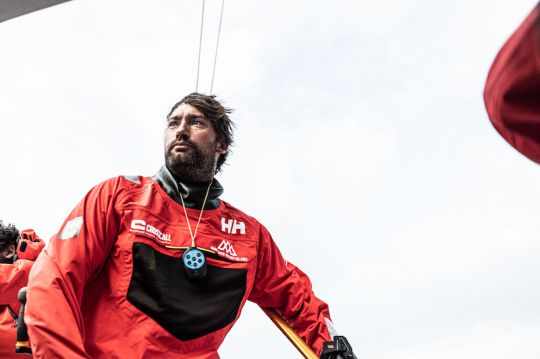
Eric Gachet
The Class40, a high level and constantly evolving boats
The actors in this class have also evolved over the last ten years and the level of competition is now very high. "This is a class that has always been interesting, but in which the average level has improved. Maybe it was more amateur at first." explains Louis Duc.
Indeed, at the moment, there are many professional runners and boats at the cutting edge of technology. "Generations of boats follow one another in a relatively stable and restricted gauge, but in which real prototypes can be made."
Thus, recent aviaries stand out from the old generation by their very large bows approaching the scow. "We make the boats evolve without breaking with the rest of the fleet. The class is homogeneous"
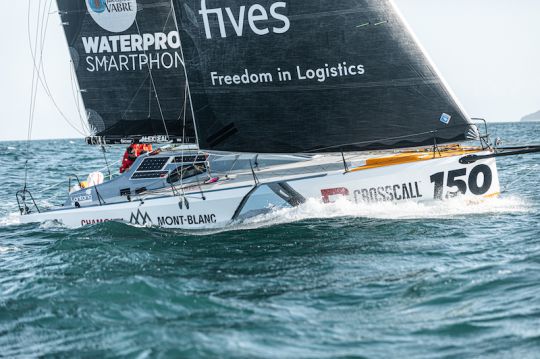
Eric Gachet
Compete with IMOCAs
In terms of performance, the new Class40s are fiercely competing with the IMOCAs of the 2000s. "It was the Lombard firm that developed my boat, the Lift40. In 1998, they had designed the Penguin for sailor Catherine Chabaud, this IMOCA also participated in the last Vendée Globe in the hands of Romain Attanasio. And when they came to reach on my Class40, the results were the same as on the ex-Whirpool. It's really amazing."
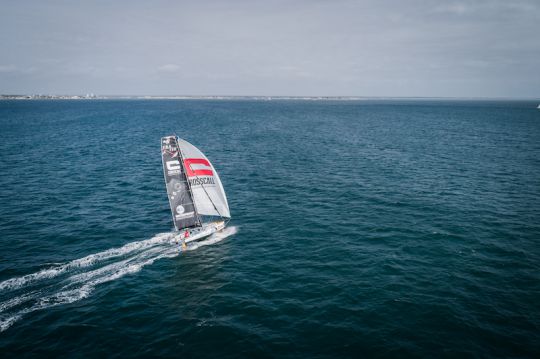
Eric Gachet
A dynamic class
Apart from affordable costs, the Class40 is a dynamic class. It attracts many skippers and offers a wide choice of boats. "It's a reasoned class, with a sailboat market that can be bought and sold without any problem."
And this panel of boats allows as many people as possible to start in the Class40. "What made me want to continue is the possibility of playing performance even with old Class40s. We can then reveal ourselves in compétition?; make ourselves known and then have the opportunity to build a new boat at the top. It's unimaginable in IMOCA or Ultimate."
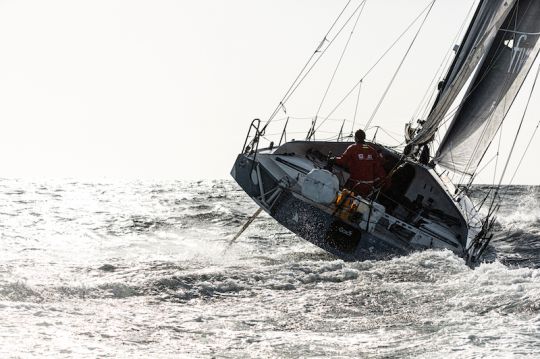
Eric Gachet
An accessible class for sponsors and runners
For Louis, the financial aspect is one of the main reasons for the class' success. "On the Route du Rhum 2006, it is the first class to have structured itself to enable it to participate at reasonable costs. This was one of the fundamentals of the Class40. The idea was to capture riders with modest budgets evolving together, but on disparate boats and to offer them a simple, fun and efficient mount."
Indeed, unlike the Imoca and Ultim with their ostentatious technology, the Class40s have a reasonable cost and also make it possible to participate in prestigious and media-oriented races.
We still have access to very technological boats, but without exuberance. In this respect, they may be in step with their times: seeking efficiency with constraints of simplicity and therefore economy.
The gauge promotes the evolution of the Class40s, but strictly controls financial slippages by prohibiting carbon or foils. This approach makes it possible to considerably reduce the budget envelope and to offer sponsors and runners exciting regattas at a high sporting level.

 /
/ 